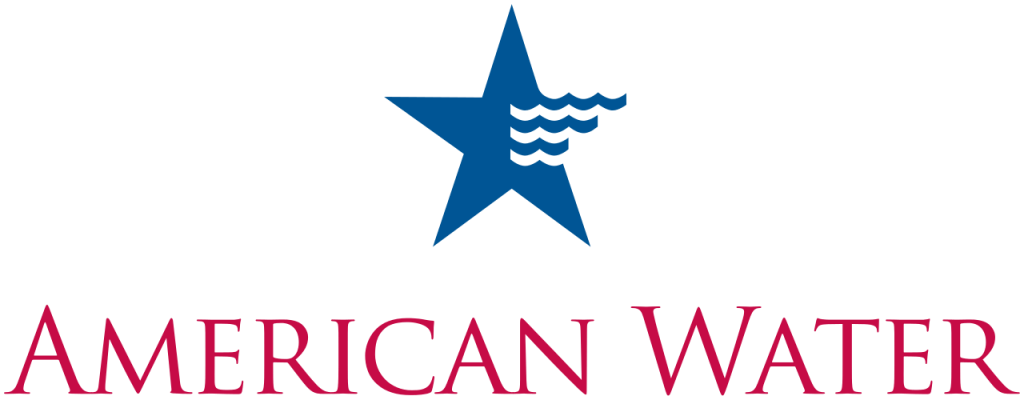
8
L&D Team
Public Utility
Industry
7000
Employees

Meet Jeff Balmer!
Learning Designer at American Water
About American Water:
With a history dating back to 1886, American Water is the largest and most geographically diverse U.S. publicly traded water and wastewater utility company. The company employs more than 7,000 dedicated professionals who provide regulated and market-based drinking water, wastewater and other related services to an estimated 14 million people in 45 states and Ontario, Canada.


